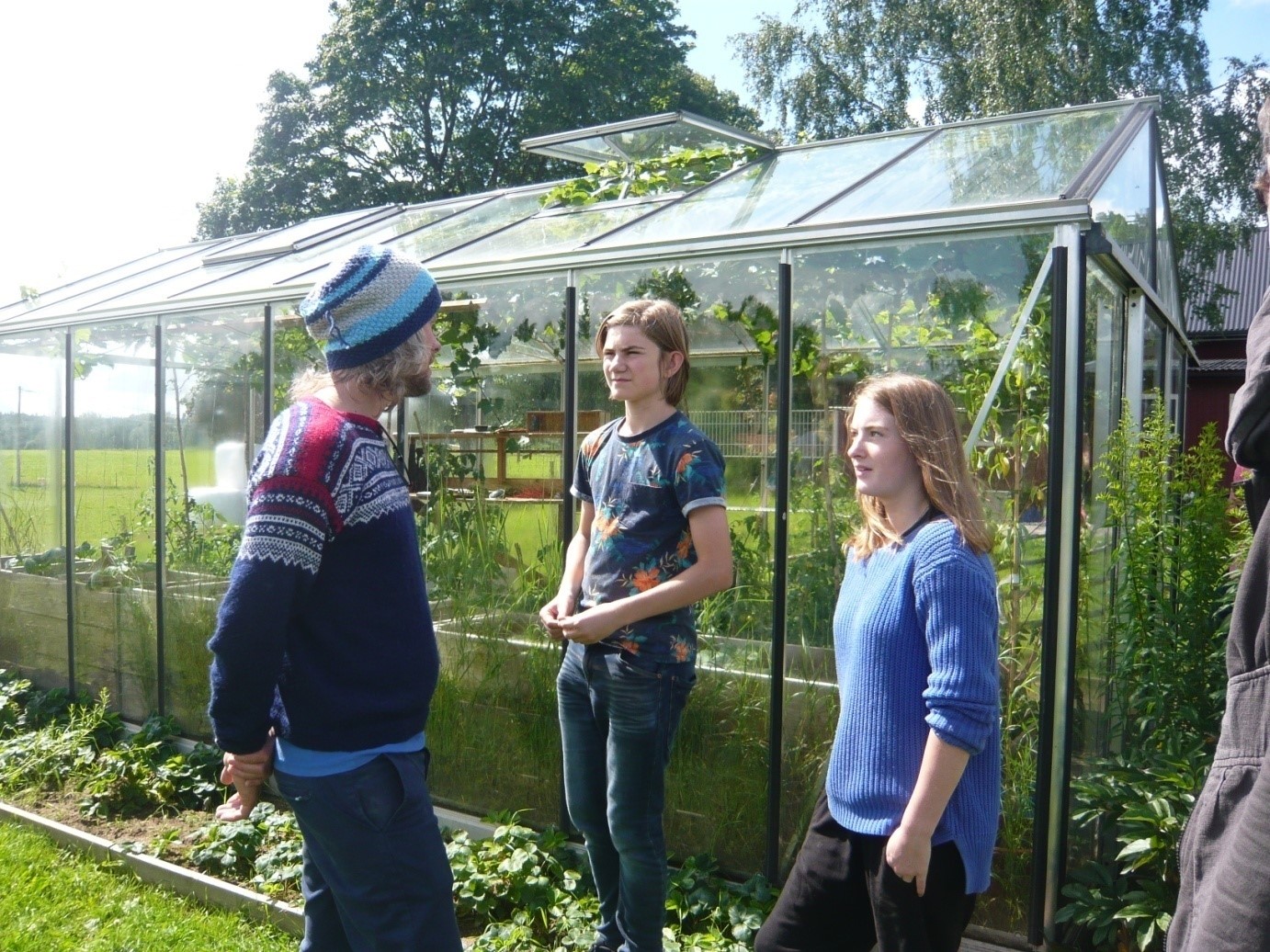
Thanks to the project MAPI (Montessori Adolescent Programme Inspiration) that runs within the Erasmus+ program, funded by the European Union and Montessori School Andílek, I got the opportunity to study on a five-week course NAMTA (North American Montessori Teachers Association) in Sweden, “Orientation to Adolescent Studies” – that is, how to follow the Montessori path by teaching at schools for adolescents.
In the next few posts (which I will gradually publish here), I would like to discuss this hot topic in a bit more detail. It is actually amazing to personally meet the “products” of Montessori education, that is young adolescents whose thinking and behavior don’t even remotely resemble our common notion of rebellious teenagers.
Maria Montessori got it spot on once again! It is comparable to our amazement at toddlers in the Montessori prepared environment, when with their as yet ‘untamed’ fine motor skills they pour soup into a porcelain plate. We don’t trust our own eyes when we see them eat by themselves and rinse the plate, while their peers who don’t have this environment are sitting rigidly on a high chair, being fed from a plastic bowl, spitting food on the ground.
With the same awe throughout the whole course I watch a group of fourteen-year-old “children” who were put in charge of us, thirty adult students on this course (teachers and school directors). They take care of our comfort: cook really delicious lunches for us (quite incredibly for me in the variants regular – vegetarian – vegan – gluten free – egg free – milk free, according to the various diets of the participants), bake buns or biscuits for snack, make us coffee, do the shopping, while confidently watching over the financial budget for food. At noon, the table is set for lunch. The adolescents are patiently waiting for us to understand that, too J. They wait for quiet (oh – how this reminds me of the moments when our teacher – not always patiently – waited for children to be quiet in the school canteen), read a quote to think about, or maybe a short poem, and then modestly present today’s menu to us.
A few hours later the same students are sitting at the desk in a classroom, describing their own experience with Montessori education from primary to adolescence. They are benevolent to us. Our questions are certainly a bit funny to them, because they get repeated with every new visitor to the school.

I’d like to quote some of their answers in this place:
What do you like best in here?
“Independence and free time – especially football – instead of always being in the classroom; we never get bored.”
“I enjoy the whole thing. I’ve always liked it here. “
Do a lot of visitors come here?
“If we have any guests, we try to give them the best experience we can.“
What did you take with you to another school? (question to a graduate -16 years old)
“Independence – I’m sure of that. It’s not that I don’t like my family, but I don’t need them anymore. I know it sounds harsh, but I can take care of myself. “
What was a challenge for you?
“Nothing. The whole thing is great. Amazing. Independence is a big part of it. To be able to live with people and work with them is an amazing skill that I’ve gained here.”
What do you look forward to when you’re at home?
“The farm, I can do fun stuff here. It’s nice. ”
What is different about your relationship with current (non-Montessori) schoolmates? (question to a graduate)
“It’s completely different. I don’t live with them. It’s just different. Here we were like members of a family.I’ve been at high school for two years now, but I don’t know them yet, they don’t affect me.”
Yes, these “children” I want at home and at school!
How did the Swedish school Lära för Livet manage to educate their students in this way? – there’s quite a simple answer to this question. They didn’t try to teach them, but allowed them to develop healthily towards their full potential.
How to do that, step by step, will be the subject of my further articles.
Renata Špalková, Táňa Kadlecová and Helena Matoušková from the Czech Republic took part at the AMI Orientation to Adolescent Studies (ages 12 – 18) in cooperation with NAMTA in July 2016 in Montessoriskolan Lära för livet, Rydet, Sätila, Sweden. The three ladies are all active in the growing Czech community of adolescent studies. In three places in the Czech Republic they build their Adolescent communities.
http://www.montessorimozaika.cz